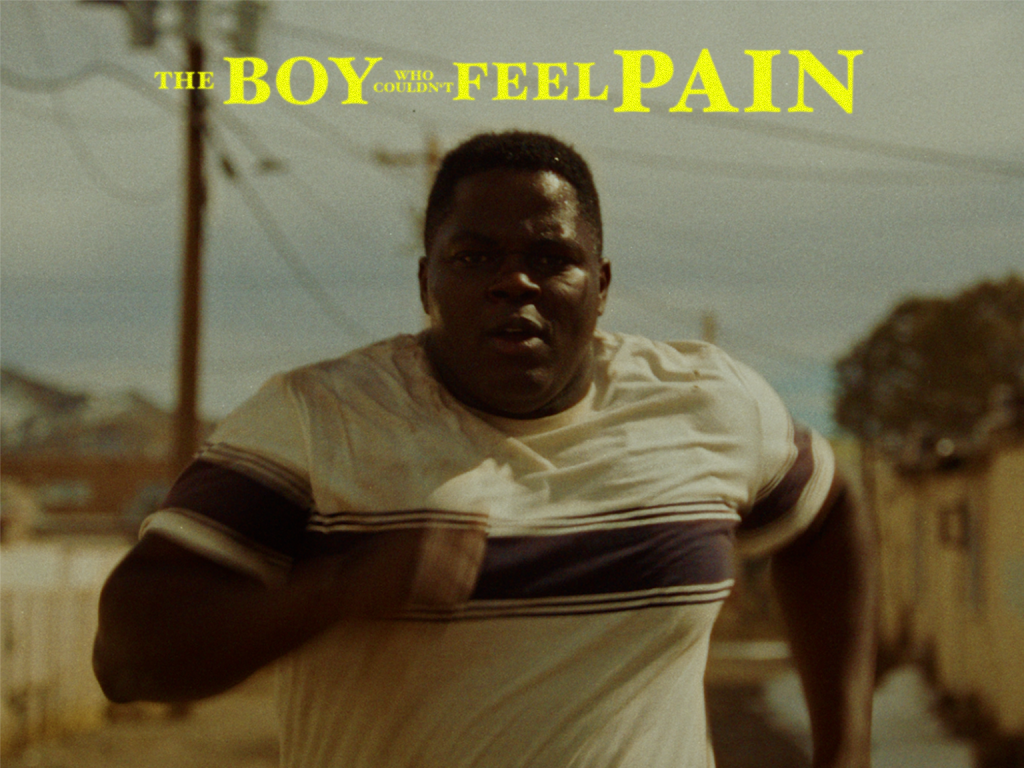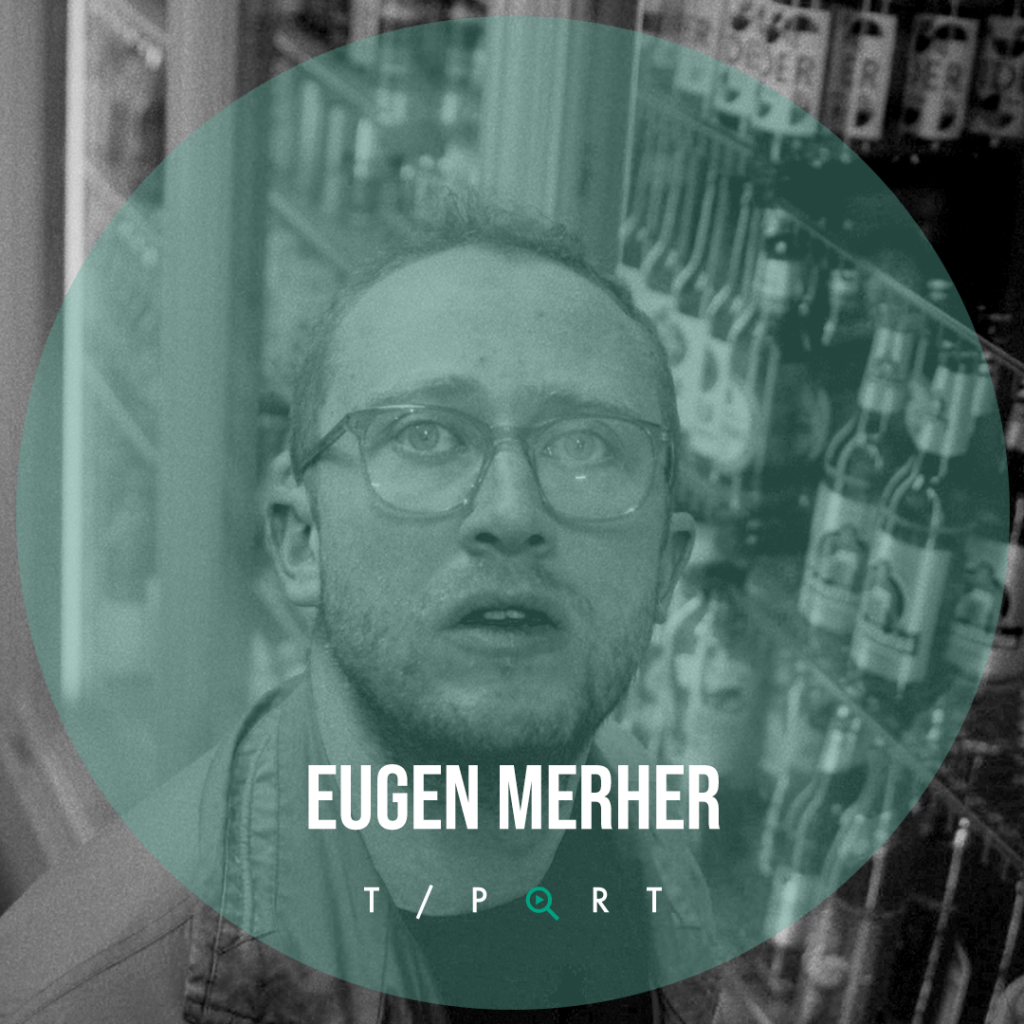 Filmmaker Eugen Merher is finally ready to graduate from Filmakademie Baden Wurttemberg and make his mark on the world. And he’s off to a great start – having gained a nomination from the Student Academy Awards for his film “The Boy Who Couldn’t Feel Pain.”
Filmmaker Eugen Merher is finally ready to graduate from Filmakademie Baden Wurttemberg and make his mark on the world. And he’s off to a great start – having gained a nomination from the Student Academy Awards for his film “The Boy Who Couldn’t Feel Pain.”
In this inspiring and in-depth interview, Eugen shares with us the joys and challenges of filming a movie in another country, the closeness of his production crew, and why The Coen Brothers are to blame.
Tell us about yourself
I was born in Moldova in the 90s and moved to Germany when I was five years old. At that time I discovered my passion for filmmaking with my parents’ DV camera that I used for cheap action flicks with my friends. After almost 10 years of being a student, pleasing my parents with a bachelor’s degree in communications and making lots of commercials and short films at the infamous Filmakademie Ludwigsburg, I’m finally ready for the real world.
I’m very happy that “The Boy Who Couldn’t Feel Pain” was nominated for this year’s Student Academy Award (Oscar) and is being accepted by film festivals worldwide. I really think that the story is worth expanding so I’m currently working on a potential feature film or a mini-series adaptation of the short.
Besides pitching commercials, I’m also working on a feature adaptation of a previous short of mine about a black vampire boy that is set in London, called “Dark Red”.
While working on the film, where did you draw your inspiration from?
Ever since I was a teenager I was deeply fascinated with the United States and its culture. What has always been captivating me is the desolateness of some remote American towns that you could never find in Europe. I feel like it’s places like this where the most interesting and absurd things can happen, but nobody ever hears about them because nobody ever stays there for more than one night.
How did you first start working on “The Boy Who Couldn’t Feel Pain”? What first sparked the idea to make this film?
Originally I sat down with one of the producers of the short, Philip Chrobot, to brainstorm ideas for our graduation film. I told him about my fascination with the United States, we talked about our shared love for Coen Brother-esque characters and eventually we came up with Annie, a 16-year old teenager who lives in the middle of nowhere and works in a bowling alley, struggling with a tooth gap.
At first, we started to develop this as a branded short for Chupa Chups, a sweets brand that we both knew from our childhood. For us, the Chupa Chups lollipop has always been an accessory, something that gave you confidence as a kid. So it naturally made sense to give the lollipop to Annie, our main character at that point, more as a fashion accessory that she uses to conceal her tooth gap with, and we set out to make a branded short for a sweets brand that was meant to feel like a fashion film.
But in the back of my mind I knew that I wanted to make a narrative short film, and my long term goal has always been to get into features. By that point I had already made a few well-received spec commercials in film school and I was in touch with some commercial production houses who were also supporting my work financially, so I wanted to follow my gut and go in a different direction with this project.
Despite a fully-fledged treatment for the branded Chupa Chups short, I eventually started to write different scenes. I loved the idea of a strange character entering Annie’s world who would get into mindless fights and be in a sort of trance-like state, where he doesn’t feel anything. This is how step by step the branded short for Chupa Chups, originally titled “The Bowling Ballad”, started to turn into the narrative short film that it is today: “The Boy Who Couldn’t Feel Pain”.
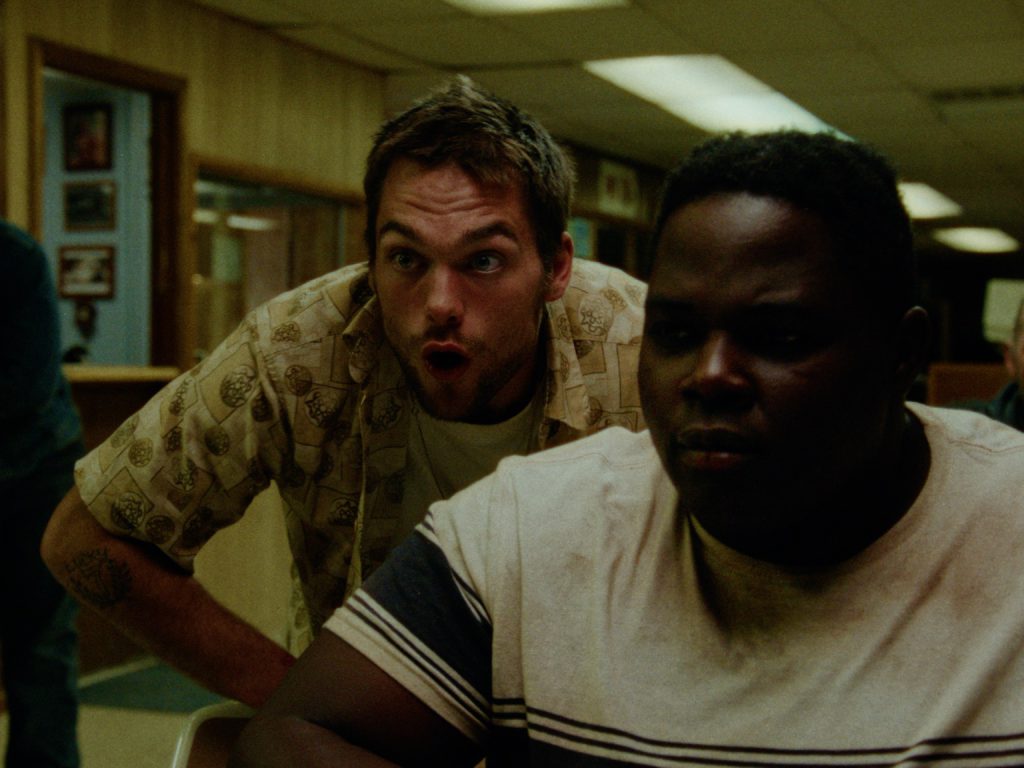
Tell us a bit about your film and the filmmaking process – what were your main insights?
The whole effort was based on a phone call with a local bowling alley in Grants. We were looking for 90s-retro-style bowling alleys all over the U.S. on Google Maps, until we randomly stumbled across the beautifully old-school Thunderbird Lanes in Grants, New Mexico. Sandy, the owner of the place picked up the phone and we asked her if we could shoot a short film there. She agreed
We took the next flight. This started an emotional and adventurous journey both for us and for the people of Grants. We met a lovely elderly couple, Richard and Sandi at the local flea market and they gave our German crew of eight a place to sleep for more than a month for free, which again kicked off lots of other new connections with people from all sorts of backgrounds.
Probably one of the weirdest facts about the shoot was that we were doing everything in February, so it was still in the middle of winter in New Mexico and freezing cold. In many shots you can see patches of snow in the background, but the actor’s outfits and the glaring sunshine make it feel like everything is set in the summertime.
I love the approach of arriving in a new country and having the date of the return flight act as a hardcore deadline that forces me to shoot something before leaving. Just knowing that so many resources go into the location and nothing else, my mind starts to work differently and I focus on the important elements of the story I want to tell. This sounds like a very luxurious approach, but the resources were – as usual with film school projects – very limited. We couldn’t afford a service production or anything like that – instead, we got to know the locals, exchanged favours and eventually found a bunch of people who were willing to help us in the welcoming small-town community of Grants. For almost all of our projects during film school times, we had gone this route of going to another country for our shoots, and it always turned out to be an adventure with lots of new friendships along the way.
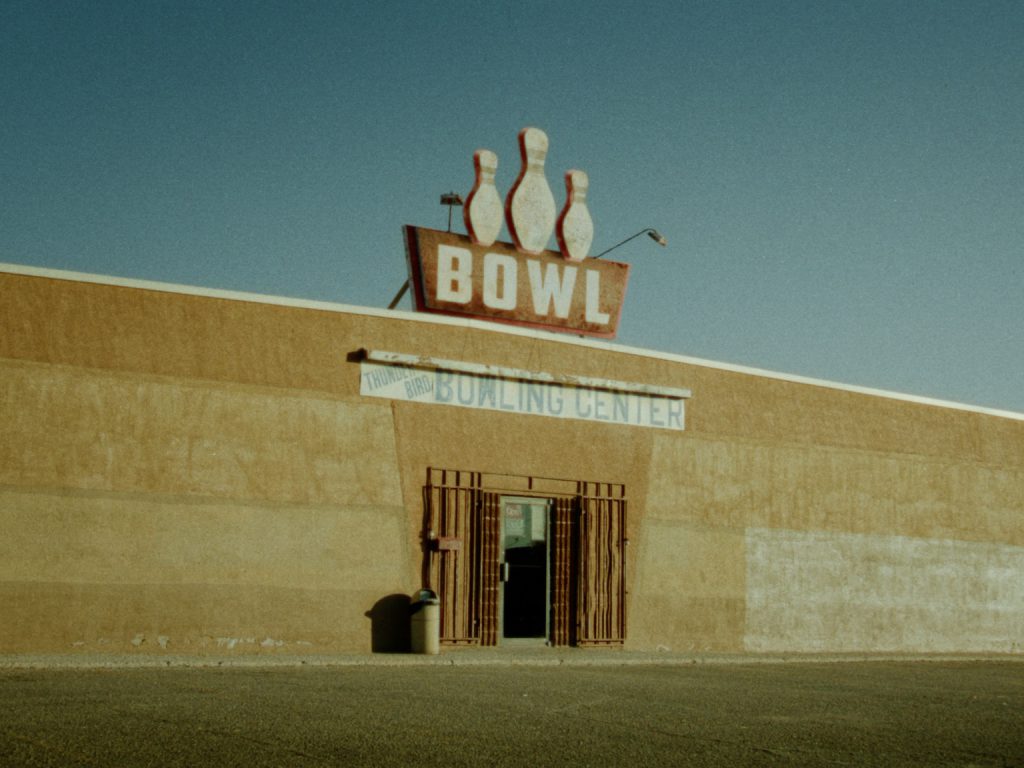
How was it to collaborate with your cast and crew? Have you formed any particular meaningful connections?
We flew in the main cast from Los Angeles (Catfish Jean, Dylan Sprayberry) and New York City (Delilah Napier). In total, we were five students from our German film school: Two producers (Philip Chrobot and Sophie Lotsch), our cinematographer Mortimer Hochberg, the sound recordist (Paul Powaljaew) and me as writer & director of the short.
On set, we had three more American students from Las Cruces in New Mexico who took care of production design (Alexander Antholzner), gaffer / lighting (Luis Ricardo Gutierrez Garcia and costume design (Milo Koleske).
The rest of the crew consisted of other key crew members who are working as professionals in Germany and who we knew from previous projects. We flew them in from Germany to New Mexico and they all helped us with the short film on a pro bono basis.
As soon as everyone arrived in the small town of Grants, an hour West of Albuquerque, it honestly felt like a high school field trip. No one from the cast and crew had ever been there before and since we had a total of 7 shoot days with about 3 prep days for rehearsals etc., everyone was bonding with each other before the shoot.
We also did a few local casting sessions in the city of Grants to find featured extras and background talent for the film, which turned out to be quite an adventure. We had people from all backgrounds come in and it was great to see people who had never been in a movie before do their best to perform and even practice fight scenes with the main cast.
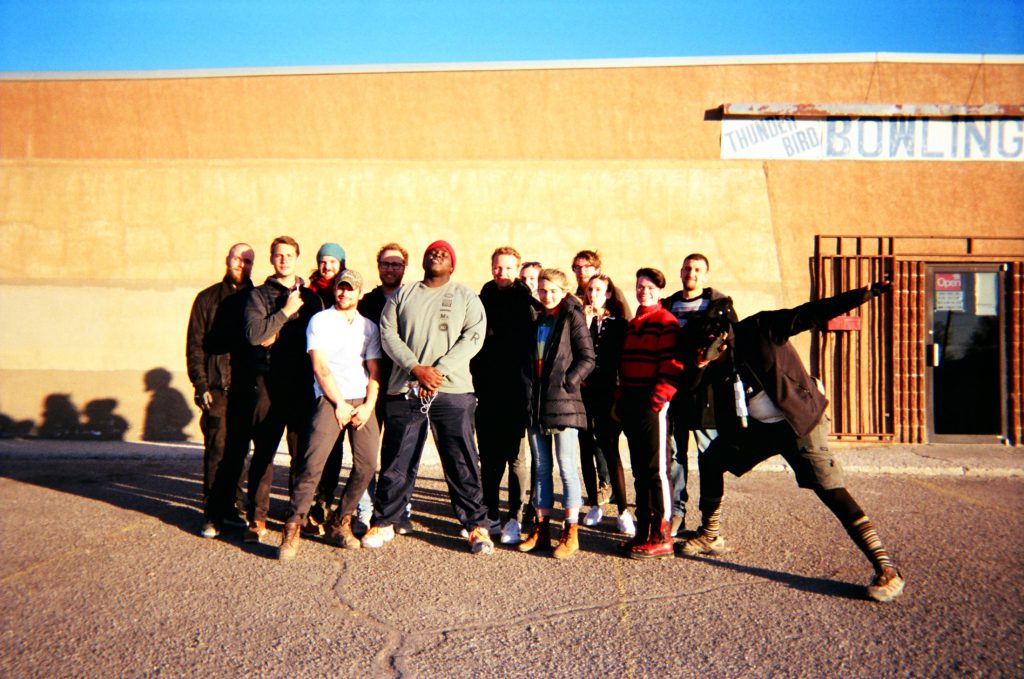
What were the biggest challenges you encountered during making your film?
All the actors that we loved and chose were in the SAG-AFTRA union in the U.S., which set off a spiral of huge productional complexities that we suddenly had to deal with, especially as a low budget German student film production. We were seemingly the first film school project from outside the U.S. to cast union actors and we had to face last-minute contract changes from SAG-AFTRA before being allowed to book flights for our cast, which was a nightmare.
The producers of the short, Philip Chrobot and Sophie Lotsch, truly mastered the behemoth of bureaucracy that came with the decision to work with a union cast, right in time before the shoot.
Tell us about the sound choices in your film – what type of score did you use and why? What other types of sounds did you use (if any)?
The way my friend and composer Alexander Wolf David from wolfsrudel music created the film’s score from scratch, without any personal relationship to U.S. folk music, is something that I’m still amazed at. We wanted to have a soundtrack that could work independently from the short film, to have a real album to listen to and enjoy without knowing anything about the film. References we had in mind were Ry Cooder’s soundtrack for Paris, Texas and various folk songs by Simon & Garfunkel, Kansas and Johnny Cash.
After weeks of research, Alexander found Paul Anthony, a Johnny Cash tribute singer from Canada whose deep, beautiful voice gave life to two songs in the soundtrack. We also used the voice and a song by Arvid Nero, a Swedish singer-songwriter whose amazing music I randomly stumbled across while sitting in a cafe. Alex bought a cigar guitar which he used for the jagged and heavily textured themes, and he also got a really nice banjo for the folky vibe – all of this laid on a bed of atmospheric analogue synthesiser sounds, a bit like in Hans Zimmer’s “Thunderbird” from the soundtrack of Thelma & Louise. It was a collaborative process in that Alex and I were basically hanging out all the time, trying lots and lots of different approaches before finding our final score. I think we trashed at least five fully composed songs before we committed to what we have now.
I think that the soundtrack, in combination with the amazingly detailed sound design from Robin Harff, Floyd Fürstenau and Paul Powaljaew from hyve.audio truly capture the atmosphere of Grants and the great plains surrounding it.
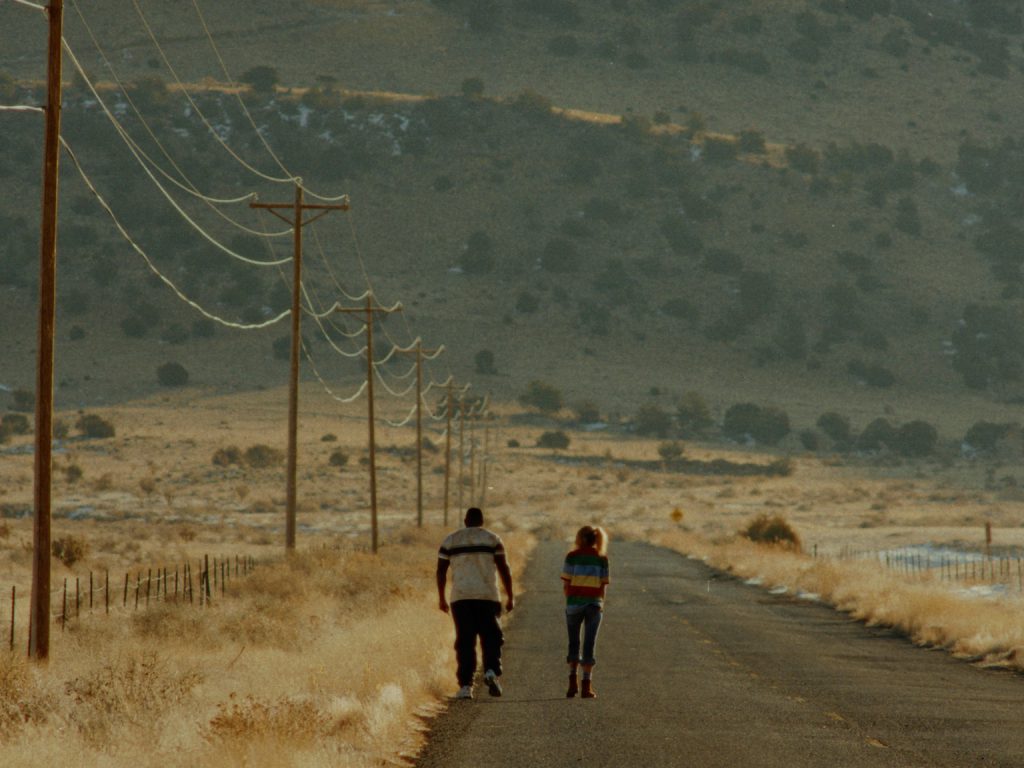
Tell us about the visual choices in your film. What were your main goals and techniques in creating the visual style?
I wanted “The Boy Who Couldn’t Feel Pain” to open like a small-town folktale – a modern myth. A myth that locals of a small American town could be telling passing travellers during lunch at the local diner. We chose to shoot in a 1,33:1 aspect ratio to give the audience only a small window into our main character’s limited world.
Visually we wanted to find a place with vast, empty spaces, vacant stores and closed communities to have enough breeding ground for this kind of slightly supernatural story of someone who can’t feel any pain that we were about to tell. With Grants in New Mexico we found exactly that place where our folktale could be born.
The city itself seemed a bit strange and unaccessible at first, but beautiful in its own way. There is a lot of said empty space, there are vacant motels, a few diners and a Walmart. It’s situated along the historic route 66, resting on a plateau at an elevation of almost two kilometres, so the air is pretty thin, even though you feel like you’re in the middle of a cold desert. Grants is a town you would usually just pass through to get to Albuquerque, maybe stopping for a night at one of the two motels.
One of the first locations that blew my (German) mind apart from the bowling alley was an incredibly cinematic car junkyard, in the middle of a vast plateau, with a giant mountain front gracing the background. This is where we had all the fighting scenes take place. The location scouting process itself was by far the greatest adventure for me on this project. We were driving all around Grants and the surrounding areas, while asking around and exploring trailers and people’s homes from the inside. We were invited over for dinner, picked up hitchhikers, we were able to take an intimate look at all sorts of lifestyles of people from various backgrounds. Honestly, we should have made a documentary about this.
If you had to summarise your film in three words, what would they be?
Love, mourning, healing.
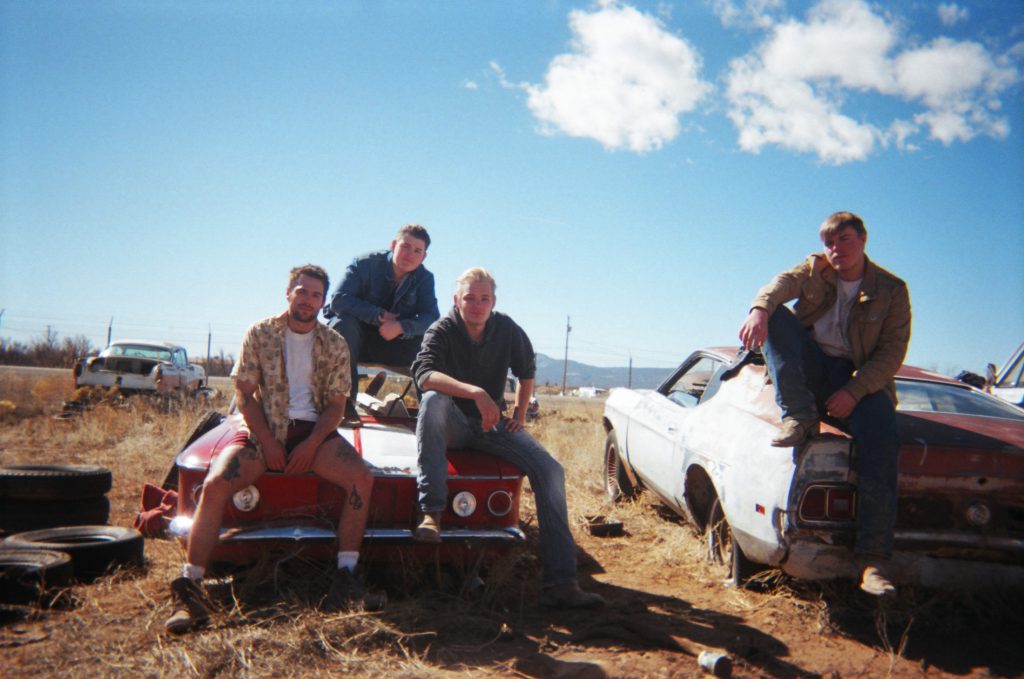
What would you like people to take away from your film?
I would love for people to truly dive into the little world we created and maybe get a different perspective on small, remote towns like Grants. I think any place in the world, no matter how insignificant it might be on the world’s stage deserves to be looked at from a more personal and intimate perspective, with stories to be discovered behind every corner.
Did you have a specific strategy for promoting your film? If so, please tell us about it.
I don’t have a specific strategy as of right now. It’s honestly the first time that I’m properly submitting a short film to festivals, so I started out a few months ago by submitting it to as many Academy Award, BAFTA and European Film Award-qualifying festivals as possible, regardless of premiere status etc.
Talking of premiere status, I think this is a really tricky thing to take into consideration when submitting a student short film – there are so mind blowingly many short films being submitted to festivals all over the world that the chance of being selected is already so low that taking premiere statuses into consideration is the last thing on my mind to be honest. But I’m doing my best.
It would be a dream to have my short film screened at Tribeca and / or Sundance.
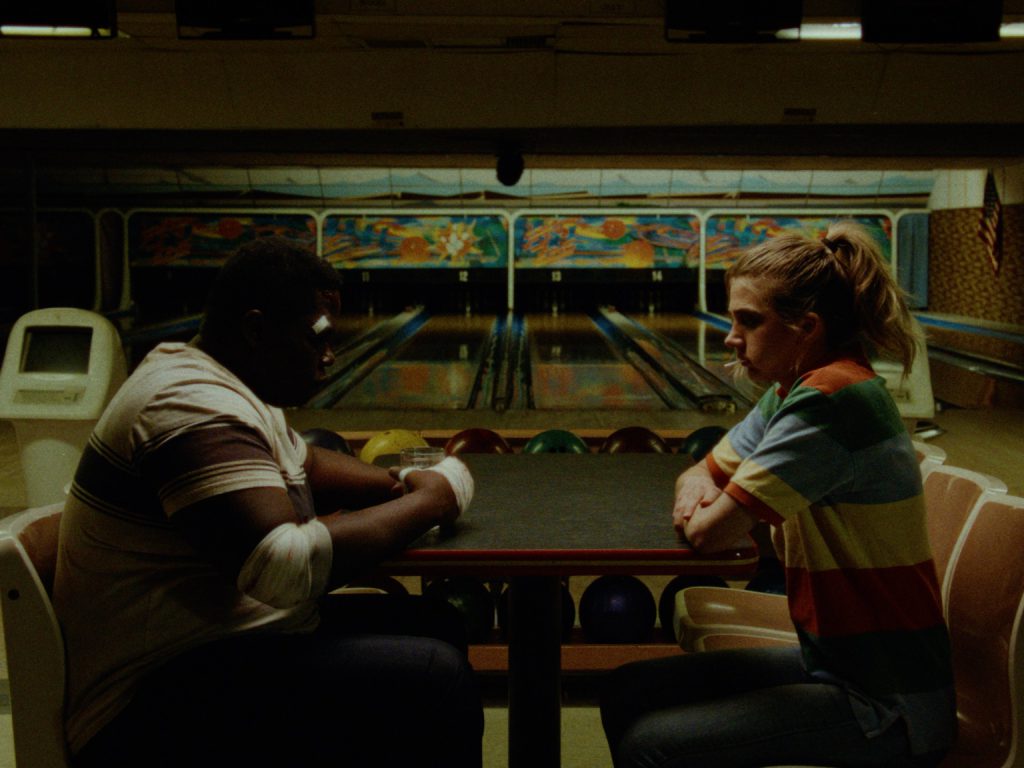
Tell us about a filmmaker that you admire and why?
I was always a big fan of the Coen Brothers’ movies and their sarcastic, but heartfelt view on humanity’s struggles. “Fargo”, “A Serious Man”, “Raising Arizona” – all these movies left huge marks in my heart and mind. And of course “Paris, Texas” by Wim Wenders – I feel like I’m just trying to cheaply copy the elements that I like in these movies. I love how all these films portray stoic characters that follow their self-imposed mantras and get lost along the way. This is something that I tried to find for the character of Chester in my own short film, albeit not as accomplished of course as in the movies that I’ve listed above.
What did you find (or still find) as especially lacking in the process of distributing and promoting your film? What was especially challenging?
Given that it’s a short film and there is not really a public market / demand for it, the hardest thing in the process of distribution is actually getting people to care about a short film. I’ve always felt that short films are only taken seriously in the industry as a proof of concept for a feature film or a series, but not as a standalone format. I know very few “regular” / non film-industry people who are actually willing to watch a short film, which I would love to see change.
What do feel young film talents lack the most today, after graduating from film school? Where are the gaps in the film industry?
It’s hard to answer this question without bias, since I’m a recent film school graduate myself. I feel like there’s a very specific “film school style” for short films that seems to be dominating most of the work that I watch, and I don’t know where this is coming from. Lots and lots of short films from young filmmakers involve very similar documentary-style cinematography, focussed on one main character, following them through their daily struggles, hardly making use of music / sound design and without an interesting approach to locations or art department.
This sounds a bit harsh and of course, what matters most is story, but not using or experimenting with the endless visual and auditive possibilities of filmmaking sometimes feels like young filmmakers care more about the agenda and the theme of a film – which is obviously important – but not so much about the craft.
What are your expectations from T-Port? Did T-Port already help your film in any way?
T-Port helped me to get attention from a Japanese short film streaming service startup within only a few weeks of my project being online, so I’m very happy that it’s getting traction in such a short amount of time. Also, they did this in-depth interview on my work, which is amazing 🙂
If you were to have infinite resources – walk us through your fantasy film project
If I had infinite resources I would probably go for my first science fiction project. I always wanted to shoot a film that is set in the far future on another planet, but with a very down to earth and human, relatable story. Almost like an independent road movie, but set in a whole different universe.
What are your plans and dreams for the future?
I want to write and direct my first feature film. Apart from that, I want to keep working, evolve my craft and shoot in as many different countries as possible.
Back to T-Port Blog
